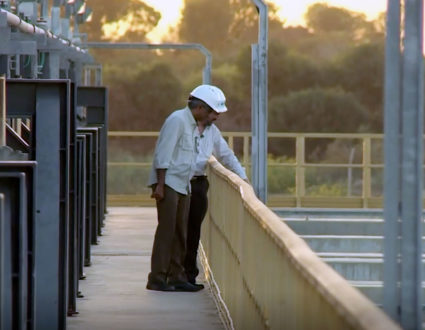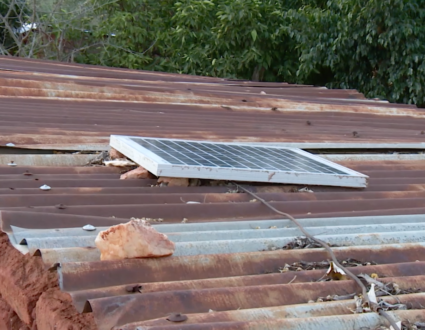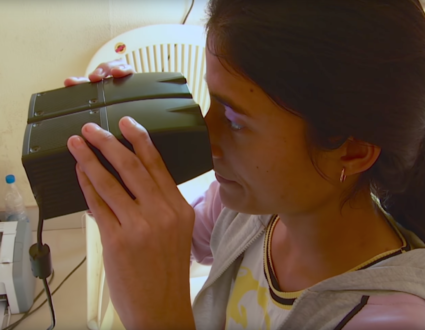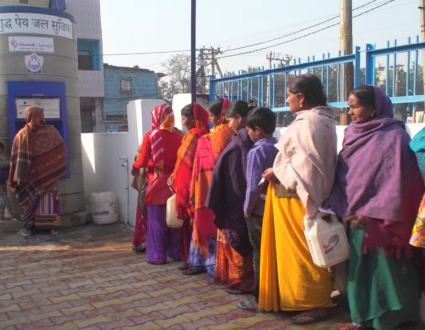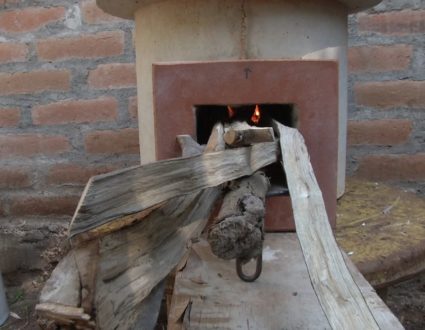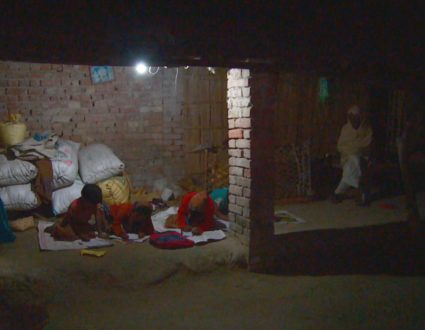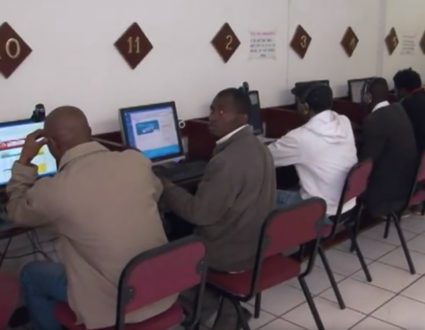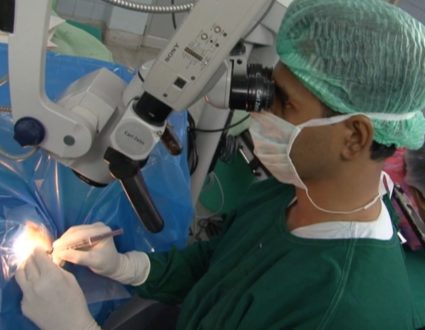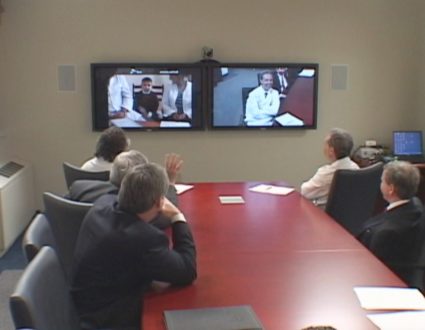RAY SUAREZ: Our next story comes from India, where entrepreneurs are turning crippling power grid problems into opportunity.
Special correspondent Fred de Sam Lazaro filed this report for our “Agents for Change” series.
RAJDEEP SARDESAI, journalist: There’s been another blackout. It’s the second in as many days, leaving almost half of India today without power.
FRED DE SAM LAZARO: Last year, when India suffered a massive power blackout, the worst in its history, television anchorman Rajdeep Sardesai happened to be lunching with the top government official in charge of power as the news came in.
RAJDEEP SARDESAI: For the next hour, we didn’t stop the lunch. We went ahead with the lunch. The power minister was lunching with a journalist, rather than being perhaps there in his office directing operations. That in itself epitomized for me that it wasn’t being treated as some kind of a national emergency, but another day in the office.
FRED DE SAM LAZARO: Despite billions of dollars in new infrastructure, power interruptions are chronic in India. Consumers large and small rely on backup systems, at huge cost to both the environment and economy, says energy expert Kirit Parikh. He traces the problem to policies that never really took into account the cost of power and gave it away to some consumers.
KIRIT PARIKH, energy expert: We started out with saying that farmers should get cheap and free electricity. This was 30 years ago, when we wanted farmers to really adopt more modern technologies. It was considered a good way to promote green revolution.
FRED DE SAM LAZARO: Power was distributed cheaply or free to farmers and other groups whose votes politicians courted. Little effort was made to meter it. That prompted many people to hook themselves up illegally. Parikh says a third of all power is stolen off the grid.
KIRIT PARIKH: Thirty percent of the generated electricity is not charged to anyone.
FRED DE SAM LAZARO: With little new money coming in, public utilities haven’t been able to expand capacity or buy enough fuel, like coal or natural gas, both in short supply anyway. Power must be rationed, but some regions overdraw their allotment. That can cause the system to shut down, or, as it did last year, collapse.
But power failures are just the tip of the iceberg, the urban half of a much larger problem. The grid failure may have knocked out power out to a vast area — 600 million people live in it. But to anywhere from a third to a half of them, it really didn’t matter, because they have never been hooked up to the electric grid.
Vast swathes of rural India remain off the grid or get minimal, unpredictable service from it.
RATNESH YADAV, Husk Power: In the evening, nothing is visible. It’s all dark. Life ceases to exist after sunset.
FRED DE SAM LAZARO: Ratnesh Yadav has tried to tackle at least this part of the problem. He and a partner founded a company called Husk Power. Their idea? Village-based micro-grids.
At this one in the village of Patelli (ph) in the northeastern Bihar state, tractors arrive with rice husks, the byproduct of milling this region’s staple crop. It is poured into a hopper, about 100 pounds per hour, and gassified to run a simple turbine. Each evening, 700 customers have access to power for five hours.
Baguam Singh is one. He runs a tiny snack shop that he says he can keep open later.
MAN (through translator): We used to work with a gas light. This is much cheaper. We used to stay open until 9:00 in the evening. Now we stay open until 10:00 or 10:30, so it’s a benefit.
FRED DE SAM LAZARO: The newly electrified homes stand out in the dark with children clustered around the single lightbulb doing homework. Just one low-power turbine is enough to make the enterprise viable, Yadav says.
RATNESH YADAV: Thirty-two kilowatt is a small amount of energy, but for places like these, it is huge. It can power — on an average, it powers 450 households, because their primary need right now is light and cell phone recharging.
FRED DE SAM LAZARO: In five years, Husk Power has installed 75 of these simple plants. Their networks cover an area no bigger than a couple of square miles, with wires strung on poles made from bamboo, a renewable resource like the rice husk fuel.
RATNESH YADAV: The good thing about this rice husk is, it has no alternate uses. It doesn’t burn easily, so you can’t use it for cooking. You cannot feed it to cattle because it has high silica in it. So it is a waste. It has no value for anybody else. And that is why — and it is in plenty.
FRED DE SAM LAZARO: Yadav was speaking on this day to a group of foreign, so-called impact investors, who put their dollars into socially conscious enterprises.
The business model, he said, relies on simple, cheap and green technology and local control. Each plant is franchised to local entrepreneurs. In this village, it’s Shambhu Singh.
RATNESH YADAV: Ownership and operation is his responsibility. And we take care of maintenance and after-sales service.
MAN: And how is electricity distributed?
RATNESH YADAV: We use double-jacketed wires and we lay down our own distribution network and connect customers’ houses from that.
FRED DE SAM LAZARO: Jacketed or insulated wires prevent both accidental electrocution and power theft. Local franchisee Singh, whose family was in the textile business, said he’s had no problem signing people up.
MAN (through translator): In the first month, I got 25.
FRED DE SAM LAZARO: In just five months, Singh told the group, that number has grown to 700. He collects payment in advance each month, not hard, he says because service is reliable and costs the equivalent of just 50 cents, less than the far dimmer and dirtier kerosene lanterns or candles.
MAN: How long does it take to recover the investment that you did in this plant?
MAN (through translator): Two, two-and-a-half years.
RATNESH YADAV: Everybody is making profit. Everybody’s benefiting. It’s not a charity or donation.
FRED DE SAM LAZARO: The visitors seem to agree and want in. Eric Berkowitz is with a Singapore-based fund that has invested $2.5 million. He likes Husk Power’s growth prospects.
ERIC BERKOWITZ, investor: As people increase income, which hopefully they will, that will create new livelihood opportunities, they will have opportunities to incrementally increase electricity that they will take from these kind of solutions, and maybe add maybe two lights, three lights, a radio, a TV, a refrigerator.
It’s not the only solution. There’s other solutions that involve solar technologies. And Husk Power is actually looking at those kind of solutions as well.
FRED DE SAM LAZARO: Renewable fuel plants also qualify for subsidies from India’s government and possibly credits in a global carbon trade. Power expert Parikh appreciates what micro-plants can provide, but he doesn’t see them as a long-term solution.
KIRIT PARIKH: Most people aspire to have electricity when they flip the system button and get the power as and when they want it. So this is the kind of enterprises that do work, but they are all small-scale examples.
When you really add up, how many megawatts can you really provide this way? I’m sure it’s a wonderful idea. They’re getting electricity until the time the grid comes and reaches them.
FRED DE SAM LAZARO: He acknowledges that time may be a ways off before 24/7 grid power reaches all of India, or even urban areas that suffered most from the massive blackout.
As the debate rages on in Delhi over the right mix of coal, nuclear and green energy, Husk Power’s goal is to install almost 2,000 new micro-grids in the rural areas by 2015.
JEFFREY BROWN: Fred’s reporting is a partnership with the Under-Told Stories Project at Saint Mary’s University in Minnesota.
Husk Power
India suffers from chronic power interruptions and failures stemming from energy policies created to court voter blocs. Special correspondent Fred de Sam Lazaro reports on efforts by social entrepreneurs to solve part of India’s power problems by creating village-based micro grids.
Related Links
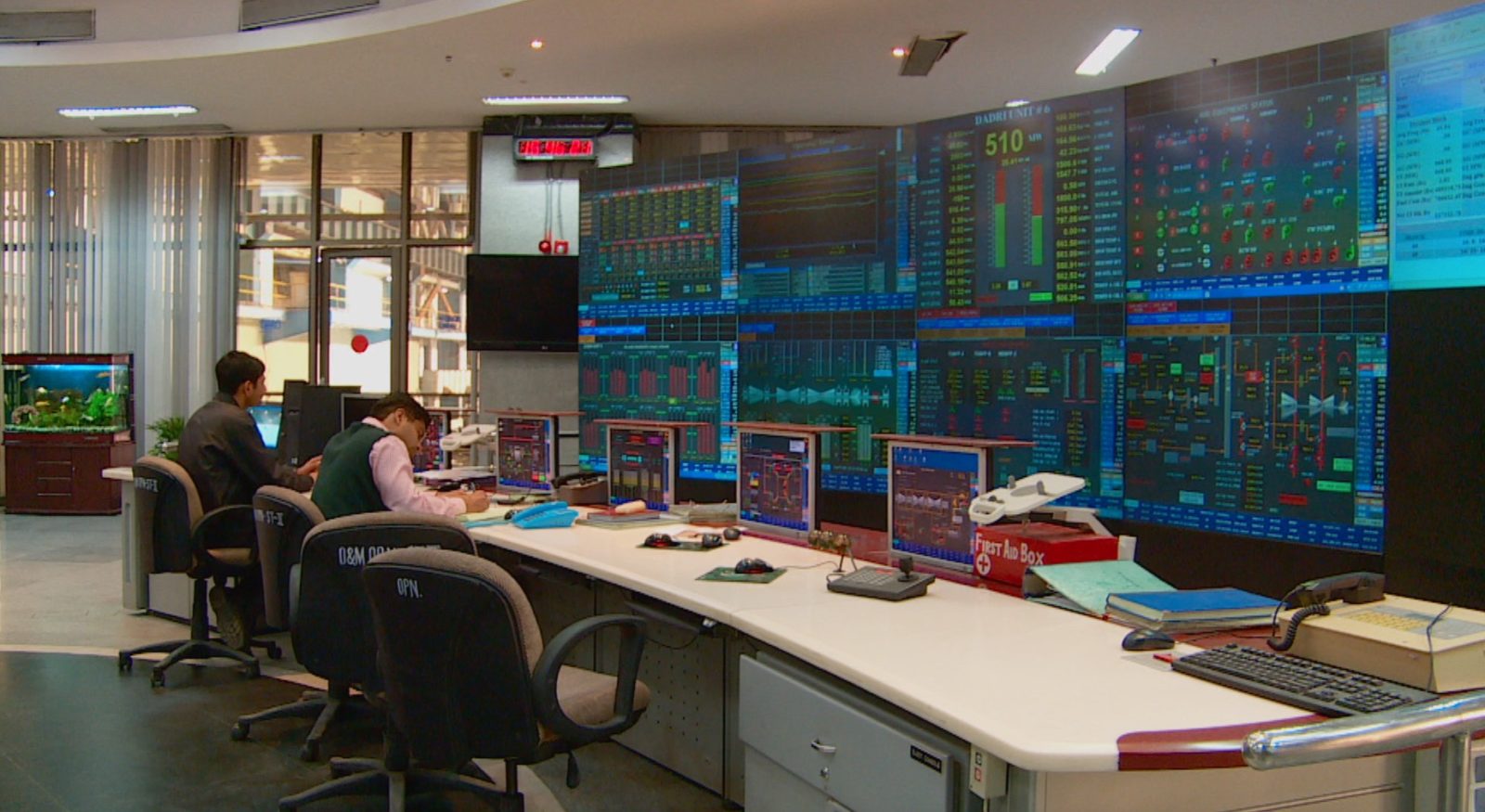
Blackouts
are regular in India where an overtaxed system and poorly enforced power laws create an unstable and difficult to manage power grid.
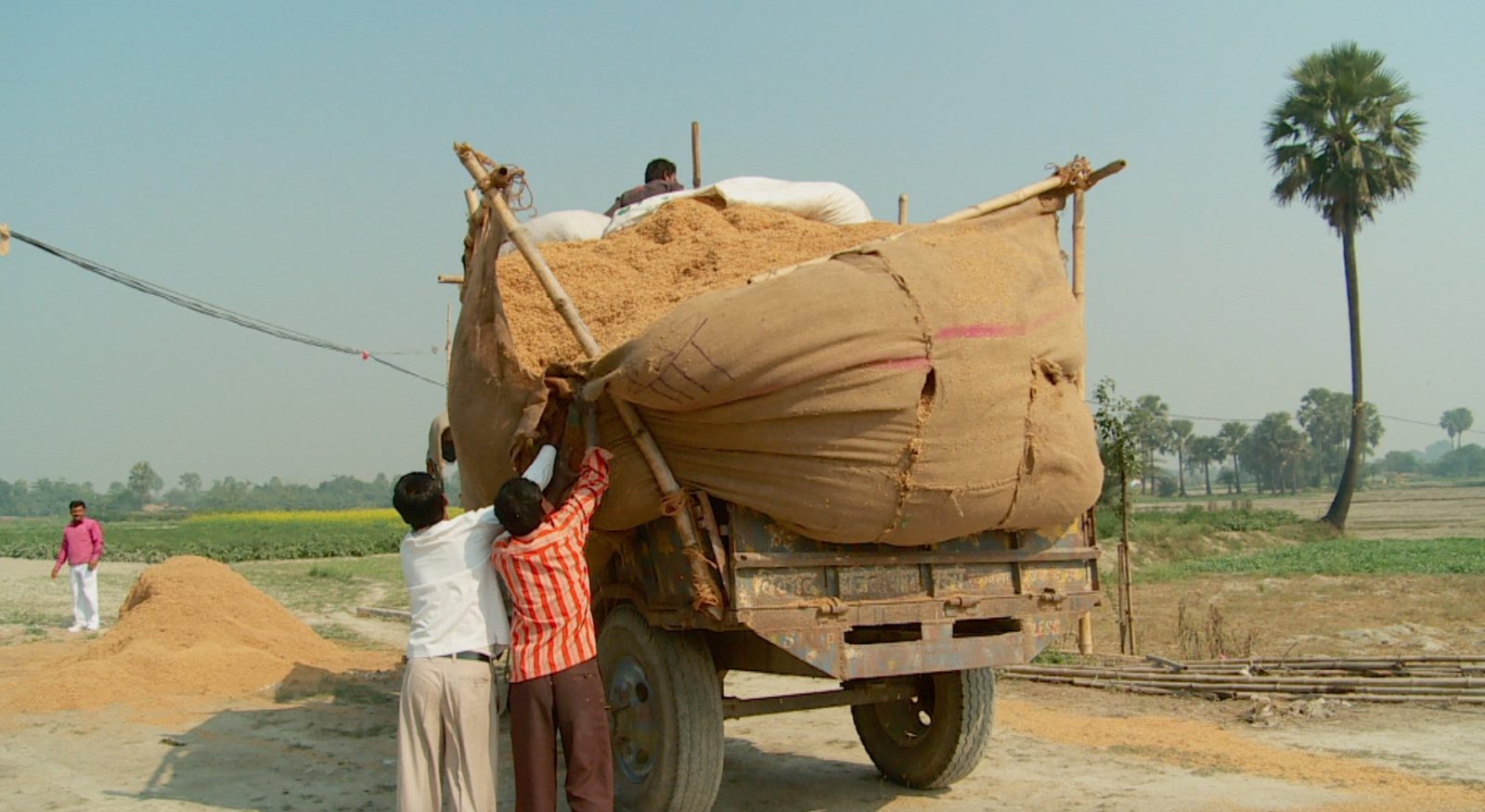
Rice Husks
are abundant here, the byproduct of milling this region’s staple crop
how it works
the impact

Lighting a Path
The newly electrified homes stand out in the dark with children clustered around the single lightbulb doing homework. Just one low-power turbine is enough to make the enterprise viable.











